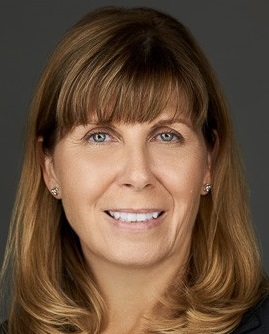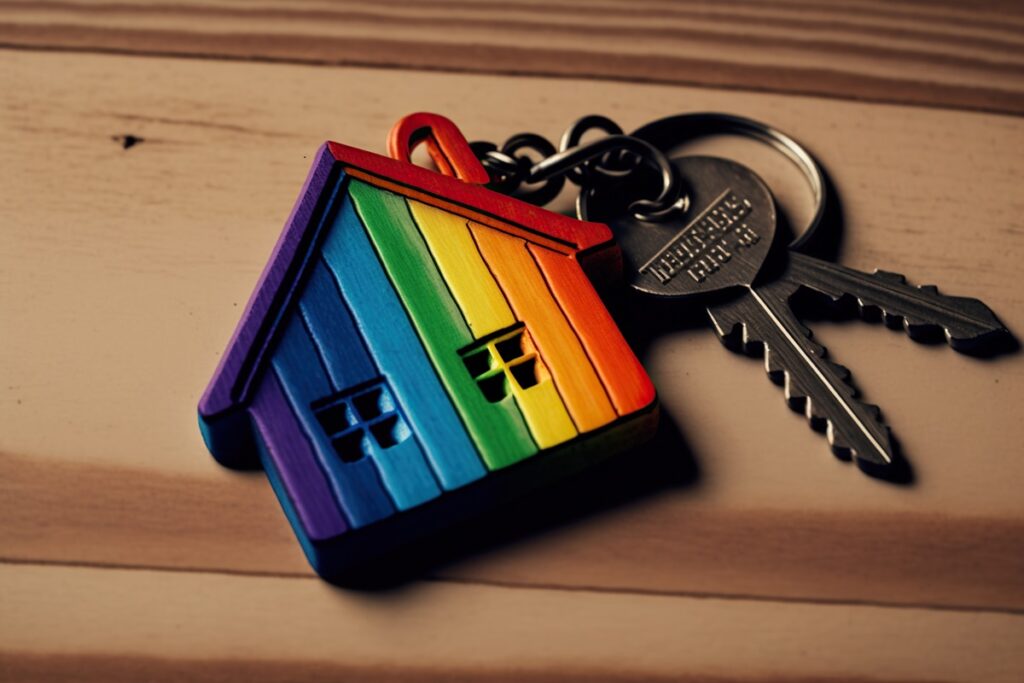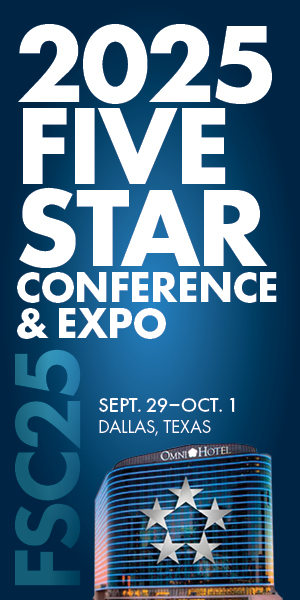This piece originally appeared in the April 2024 edition of MortgagePoint magazine, online now.
Did you know there is a group of buyers that has trillions in purchasing power, above average household incomes, is growing by double digits, but has a homeownership rate well below the U.S. average?
It’s true, the LGBTQ+ community has a surprisingly low homeownership rate, despite all the economic factors that should be working in their favor.
This begs the question: what is holding them back? There are many different factors at play. Many buyers that openly identify as LGBTQ+ are millennials or from Gen Z, so they face many of the common challenges that first-time homebuyers see, like down payment and affordability challenges, a lack of financial education about mortgages and the options available to them and the list goes on.
However, LGBTQ+ buyers of all ages may also face discrimination, compounding the challenges they already face.
This community is a huge market that some lenders or real estate agents simply choose not to serve, while others may lack the understanding to serve them effectively. Understanding the challenges that the LGBTQ+ community faces can help the industry understand how to better support this market segment and help community members achieve the dream of homeownership.
Financial Overview
According to the National LGBT Chamber of Commerce (NGLCC), the LGBTQ+ community has $1.7 trillion in purchasing power. This is likely due to the fact that this group has above average household incomes, per Census Bureau data, and the fact that they are growing by double digits, according to an NBC report.
All of these seem like factors that would make the LGBTQ+ community a promising group of homebuyers, but instead, they have a homeownership rate that is 17 percentage points behind the national average.
The National Association of Gay & Lesbian Real Estate Professionals (NAGLREP) reports that while the U.S. average homeownership rate is 65%, the LGBTQ+ community’s homeownership rate is only 49%—leaving a homeownership gap that the industry can and should help bridge.
Discrimination
So, what is creating this gap in the first place? Sexual orientation and gender identity are not protected classes under the Equal Credit Opportunity Act (ECOA) like race, color, or religion, and many states lack protections for this group. Meaning, in many places, it is legal to discriminate against same sex couples.
According to reports from the LGBTQ Real Estate Alliance, the LGBTQ+ community reports facing discrimination at schools and at work, and in housing, too. Due to the lack of protections for this group, they often have no option for recourse. While there are efforts to add federal protections for this group, it could be a long time before we see any results.
A study published by Iowa State University found that the mortgage loan approval rate for same sex couples was 3%-8% lower than that of heterosexual couples, and when they were approved, they paid more in interest and financing fees, despite the fact that research shows their loans perform better than those of heterosexual couples. Again, this community has many elements that make them great candidates for homeownership, but are still often put at a disadvantage in spite of those facts.
The fear of discrimination can make LGBTQ+ individuals hesitant to take that first step towards homeownership. No matter who you are, buying a home can be intimidating, even under the best of circumstances. Knowing you are likely to face extra hurdles can be incredibly discouraging and helps keep a significant group of borrowers out of the market.
Inclusion
This segment of the market needs professionals who will serve them the same way they serve heterosexual and cisgender couples. Many lenders and real estate agents may want to work more with this community, but simply do not know how to begin. Starting with education is always the best step and can ensure that this community’s needs are understood throughout the homebuying process.
There are many resources housing professionals can use to educate themselves about the LGBTQ+ community. A great one to start with is the LGBTQ Real Estate Alliance, which has both educational resources and courses for industry professionals. They also offer a resource, LGBTQPlus Homes, which community members can use to find housing professionals who are either part of the LGBTQ+ community or allies.
There are other organizations with educational resources as well, such as The Human Rights Campaign, the National Center for Transgender Equality, and PFLAG.
Once housing professionals have a better understanding of the community, it is time to reach out and become an ally.
Getting involved will help make connections and show the community who is truly there to serve them. Some people may want to become involved with their local LGBTQ+ community center or participate in “Pride Day” or “Coming Out Day” events, while others may start by joining their company’s LGBTQ+ employee resource group, if there is one. Regardless of what they choose, it’s critical to get involved and demonstrate a sincere interest in helping the LGBTQ+ community.
During a time when lenders are exploring every source of business, the LGBTQ+ community cannot be overlooked. This group has great potential for homeownership, if only people will work with them. Making a sincere effort to build relationships with the LGBTQ+ community not only helps them get into the market, but helps lenders and real estate agents grow their business and create a new source for referrals.
Pursuing education and reaching out to the LGBTQ+ community will help lending and real estate professionals build their business and advance the homeownership rate within the community. Allyship is a journey, but it only requires only one step to begin making a difference.








